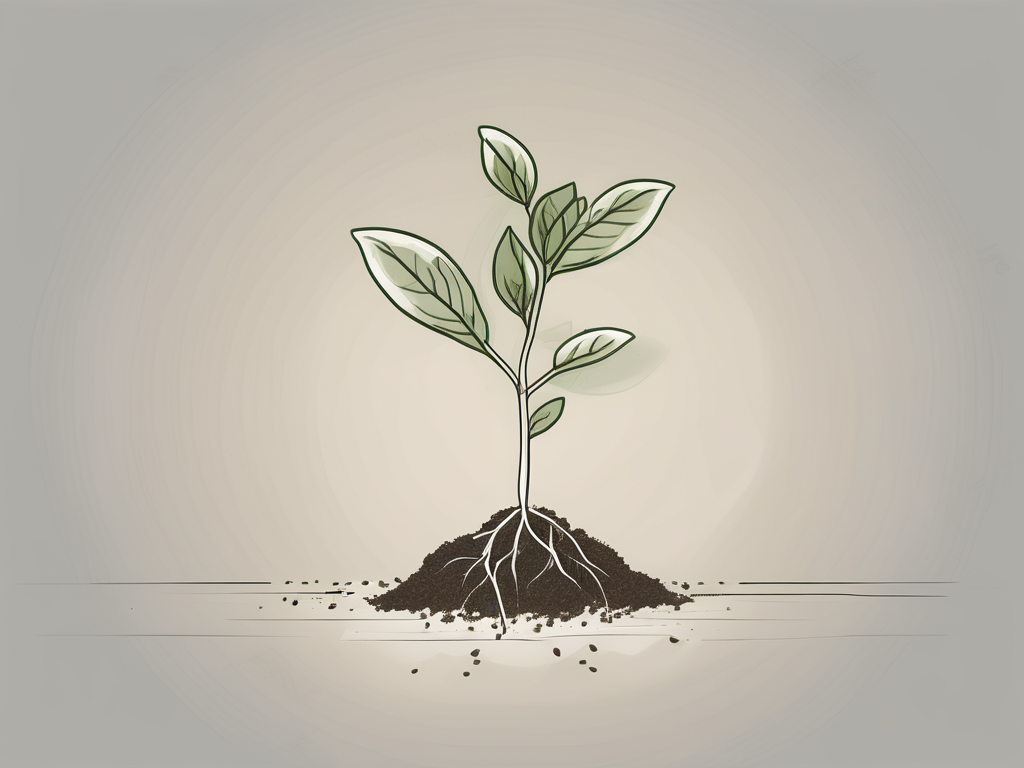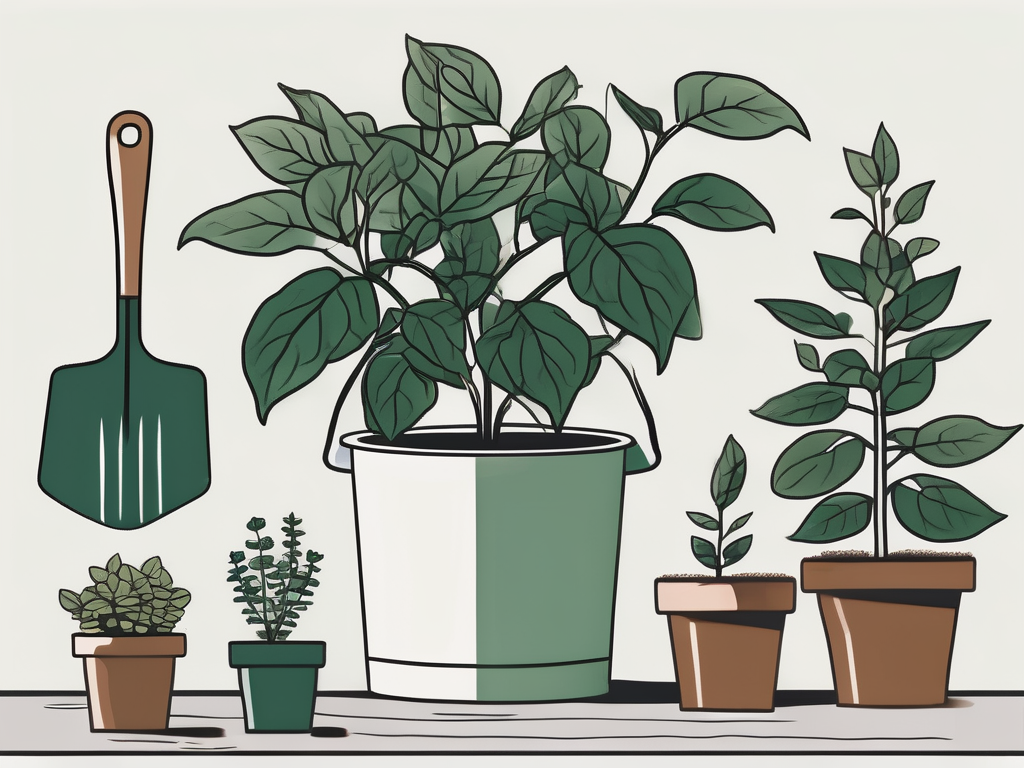
Propagating calla lilies in water might sound like a tricky task, but it's actually a fun and rewarding project that can add a touch of elegance to any space. These beautiful flowers, known for their unique, trumpet-shaped blooms, can thrive in water, making them an ideal choice for plant lovers looking to expand their collection without getting their hands too dirty with soil.
In this guide, we'll walk you through everything you need to know about propagating calla lilies in water. From gathering the necessary materials to finding the perfect spot in your home, we've got you covered. Whether you're a seasoned plant parent or just starting your green journey, you'll find helpful tips and tricks to grow your calla lilies successfully.
Understanding Calla Lilies and Their Propagation
Before we jump into the nitty-gritty of propagation, let’s take a moment to understand what makes calla lilies so special. Native to South Africa, these stunning plants are often associated with purity and rebirth, which is perhaps why they are a favorite choice for weddings and other celebrations.
Calla lilies aren't true lilies, interestingly enough. They're part of the Araceae family, the same family as peace lilies and philodendrons. Their ability to grow in water is a bonus for plant people who love water gardens or simply enjoy the aesthetic of plants thriving in clear vases.
Now, when it comes to propagating calla lilies, the method of choice is usually through rhizomes – these are the bulb-like structures that store nutrients for the plant. In water propagation, these rhizomes will develop roots and eventually sprout into new plants. This method can be less messy compared to soil propagation and allows you to watch the roots develop, which is always a treat for curious plant parents.
Gathering Your Materials
As with any successful project, preparation is key. Here’s a list of materials you’ll need to get started on propagating calla lilies in water:
- Calla lily rhizome: You can purchase these from a garden center or use rhizomes from an existing plant.
- Clear container: A glass vase or jar works perfectly as it allows you to monitor the root development.
- Clean water: Make sure it's free from chlorine and other chemicals. Distilled or rainwater is ideal.
- Small stones or pebbles: These help stabilize the rhizome in the container.
Once you have everything you need, it's time to set the stage for your calla lily propagation. Remember, the clearer the container, the more you'll enjoy watching your plant's progress!
Preparing the Rhizome
With your materials ready, the next step involves preparing the rhizome for water propagation. If you're using a rhizome from an existing calla lily plant, gently dig it out of the soil. Be sure to handle it carefully to avoid damaging it.
Once you have the rhizome, clean it thoroughly to remove any soil or debris. This step is crucial to prevent any potential rot or fungal infections when it’s submerged in water. A gentle rinse under lukewarm water should do the trick.
Now, inspect the rhizome for any signs of damage or disease. Healthy rhizomes are usually firm and free of blemishes. If you notice any soft or rotten spots, cut them away with a sterilized knife or pair of scissors. This will help prevent the spread of any potential diseases to the rest of the plant.
Setting Up Your Water Propagation
With a clean rhizome ready to go, it’s time to set up your propagation station. Begin by filling your clear container with enough water to cover about one-third of the rhizome. This ensures that the bottom part is submerged, while the top remains above water to allow for growth.
Next, place a few small stones or pebbles at the bottom of the container. This helps stabilize the rhizome and keeps it from tipping over. Position the rhizome on top of the stones, making sure that the part with the most visible growth points is above the waterline.
Finally, find a suitable location for your container. A spot with bright, indirect light is ideal. Direct sunlight can be too harsh and may cause the water to heat up, which isn’t great for your plant. A windowsill that gets filtered light or a well-lit corner of your room should do nicely.
Maintaining Your Water Propagation
Now that your calla lily is set up in water, ongoing maintenance is essential to ensure healthy growth. Here are a few simple tips to keep your propagation thriving:
- Change the water regularly: Aim to replace the water every week or so. This helps prevent stagnation and the growth of algae, which can be harmful to your plant.
- Keep an eye on water levels: Ensure the rhizome remains partially submerged. Top up the water if it falls below the desired level.
- Watch for root growth: Over the coming weeks, you should start to see roots developing. This is a good sign that your calla lily is on the right track!
Maintaining a clean environment and monitoring the water levels will greatly increase your chances of successful propagation. Plus, it's a great excuse to spend more time admiring your growing calla lily!
Transplanting to Soil (Optional)
While calla lilies can live in water for quite some time, some plant parents eventually prefer to transplant them into soil. If that’s something you’re considering, it’s best to wait until the roots are well-established.
Here’s how to make the transition:
- Select a pot: Choose one with good drainage to prevent waterlogging.
- Prepare the soil: A mix of potting soil, peat moss, and perlite provides good drainage.
- Planting: Gently place the rhizome in the soil, ensuring the roots are well covered. Water thoroughly after planting to help the plant settle in.
Transplanting your calla lily into soil allows it to grow more robustly and can lead to more blooms. However, keeping it in water is perfectly fine if you enjoy the aesthetic or don’t have a suitable space for soil.
Choosing the Right Spot in Your Home
Whether you’re keeping your calla lily in water or transitioning it to soil, the location you choose in your home can make a big difference. Calla lilies thrive in bright, indirect light. Too little light can slow down growth, while too much can cause leaf burn.
Consider placing your calla lily near a north or east-facing window. These spots typically offer the right balance of light without the harshness of direct sun. If you notice the leaves turning yellow, it might be a sign of too much sunlight, so you may need to move it to a shadier spot.
Temperature is also important. Calla lilies prefer a warm environment, ideally between 60-75°F (15-24°C). Avoid placing them near drafts or heating vents, as sudden temperature changes can stress the plant.
Dealing with Common Issues
Even with the best care, you might encounter some challenges when propagating calla lilies in water. Here are a few common issues and how to tackle them:
- Root rot: This is usually caused by stagnant water. Ensure you change the water regularly and remove any decaying roots.
- Algae growth: If your container starts to develop green algae, scrub it clean and replace the water.
- Slow growth: Lack of light or nutrients could be the culprit. Try moving the plant to a brighter spot and consider adding a diluted liquid fertilizer to the water every few weeks.
Patience and observation are your best tools in addressing these issues. By keeping a close eye on your plant’s health, you can make adjustments as needed to encourage thriving growth.
Integrating Calla Lilies into Interior Design
Once your calla lilies are happily growing, why not incorporate them into your home’s interior design? Their elegant blooms and lush foliage can add a touch of sophistication to any room.
Here are a few ways to showcase your calla lilies:
- Centerpieces: A vase of calla lilies can make a stunning centerpiece for your dining table or coffee table.
- Bathroom accents: Due to their love of humidity, calla lilies can thrive in bathrooms, adding a spa-like feel.
- Office companions: A touch of greenery can boost productivity, making calla lilies a great addition to your workspace.
Experiment with different placements and containers to find what complements your style. Whether your home is minimalist or eclectic, calla lilies can adapt beautifully.
Final Thoughts
Propagating calla lilies in water is not only a straightforward process but also a delightful way to enjoy their beauty and elegance. From preparing your rhizome to finding the perfect spot in your home, each step is a chance to connect with nature.
At Cafe Planta, we believe in the magic of plants bringing people together. Whether you're a seasoned plant parent or just starting out, we're here to support your journey. If you have any questions or need help, feel free to email us or send a message on Instagram. Let's grow something beautiful together!












